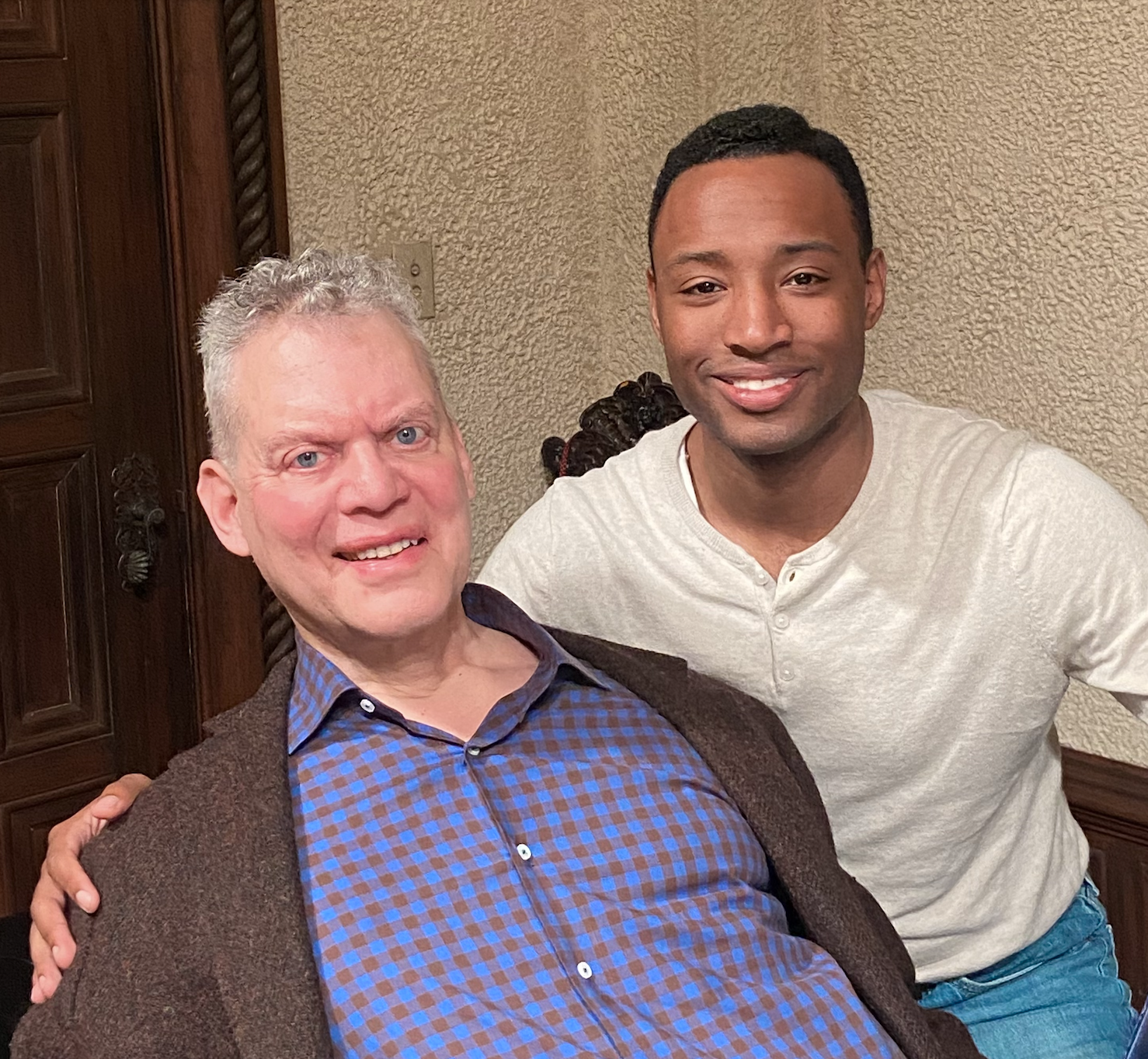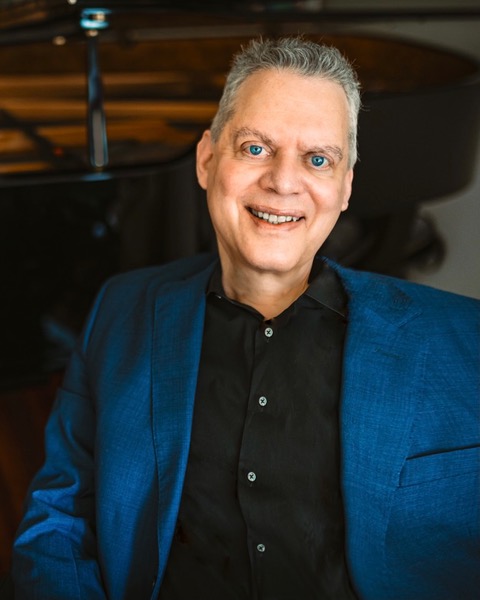On the third day of a week-long residency we’re still in the realm of exploration and flexibility, as we gently pat the songs into place. “How’s memorization going?” Bénédicte and I blithely ask, and when we hear the typical answer—“It’s coming along!”—our blood pressure does not spike, not even a little. We’re four days away from the first concert, and it feels as if time is on our side. All of that will start to change tomorrow as the performance day begins to nip at our heels. But right now we’re still in the sandbox, thrilled with every damp, lovely castle we make with our plastic art-song pail.
We took one giant step today: Joseph Parrish and I buckled down to work on our piano duet, “Night in Tunisia.” (Yes, Dizzie Gillespie is providing a stopover in that North African hotspot during our Mediterranean tour.) I’ve accompanied Joseph in several concerts, coached him for several others, and given him multiple occasions to accompany himself—he’s mesmerizing when he sings and plays. But we’d never done a piano duet together, and we were taking it on faith that we could make it work.
There’s no way to find out except by sitting down and jamming. We gave it a whirl, and the first time was a little rough around the edges—but the essentials were there. Then came the usual negotiations—“I’ll play down here, you cover this—just use the printed score for the chord changes in the interlude, they’re good.” (NB: Some sheet music is absolute trash.) “Let’s say you improvise up top, I’ll give you rhythm and harmony…whoops, sorry I crept into your space, I’ll stay out of your way, I promise…”
After we threw ourselves at “Night in Tunisia” a couple of times, Joseph said, “Steve, do you have any pointers on how to play a solo?” This is a question I would have dreaded three years ago, before I started studying jazz piano with Jason Yeager, a fantastic teacher recommended to me by the legendary Fred Hersch. I have not yet cracked the code for improvising lengthy solos, and my musical vocabulary remains frustratingly limited. But I now know a few principles that function like life-rafts during the white-water travails of a 32-bar piano solo, and I bless Jason Yeager for patiently showing me the ropes.
“Here’s what I can tell you: structure your solo into eight-bar sections. It’s OK—no, it’s necessary—to make decisions in advance about how you want to begin each part—you don’t get brownie points for inventing everything fresh on the spot, at least not in the arena of an art song recital. You can use parts of the original melody as fodder for your improv, and displace the tune rhythmically, or stretch the rhythm. It is OK to repeat a phrase, or to embellish the same phrase a few times, or take the pattern up a step or a third. Then let the improv melody flower into its own, new shape. Don’t crowd the line with a lot of notes—at least, don’t feel you have to jabber away to sound jazzy. And—most important—allow space. Silence can be your friend.”
Who knows, maybe this is just Jazz for Dummies. But I was amazed that I had this kind of guidance at my disposal. When Joseph asked me for help, I instinctively felt flummoxed. You see, jazz has been one of the ongoing mysteries of my life, a language I speak haltingly, yearning for true fluency. My advice may have been rudimentary, but it worked. Joseph demonstrated a kind of boldness, a free fantasy that inspired me. Having begun by receding into the background, just holding down the harmony and the rhythm, soon we were locked in more of a true duet, twining our right-hand melodies around each other like musical brothers.
The paint is far from dry on “Night in Tunisia.” We played it twice more in the afternoon, once somewhat clumsily, once with some real brio (and a couple of bald spots). Just give us 20 or 25 more tries, and we’ll have it.
On other fronts: one of the French pieces was simply not working, and needed to be cut. But pulling one song out makes the whole structure rickety, at least in my overbred mind. We were losing our one fast song in a stretch of slow pieces—a disaster! I suddenly got the idea of replacing it with a song we had done in the Wolf Trap version of this concert, Donizetti’s “Me voglio fa ‘na casa.” It fit the theme, audiences like it, I’d never performed on a NYFOS show. At tea-time, I was ready to beg three of the cast members to learn one verse each, for which I would promise some outrageous reward.
I brought the matter up cautiously, as if I were negotiating a nuclear arms deal, while the cast placidly drank their tea. I was ready for a riot, but—a miracle—the minute I got done, Shelén piped up, “Oh, I know that piece, I’ll be happy to do it, no problem.” Her words came just in time to keep me from getting an ulcer from the stress.
Image: Joseph Parrish and me, after our seventh run of “Night in Tunisia”



0 Comments